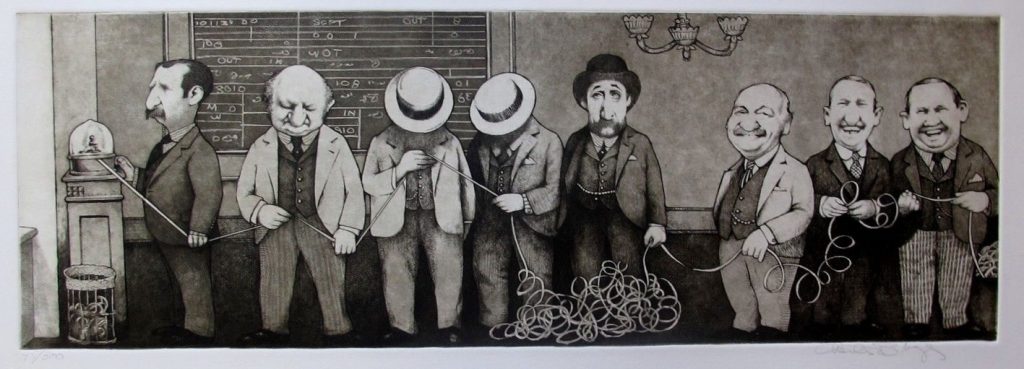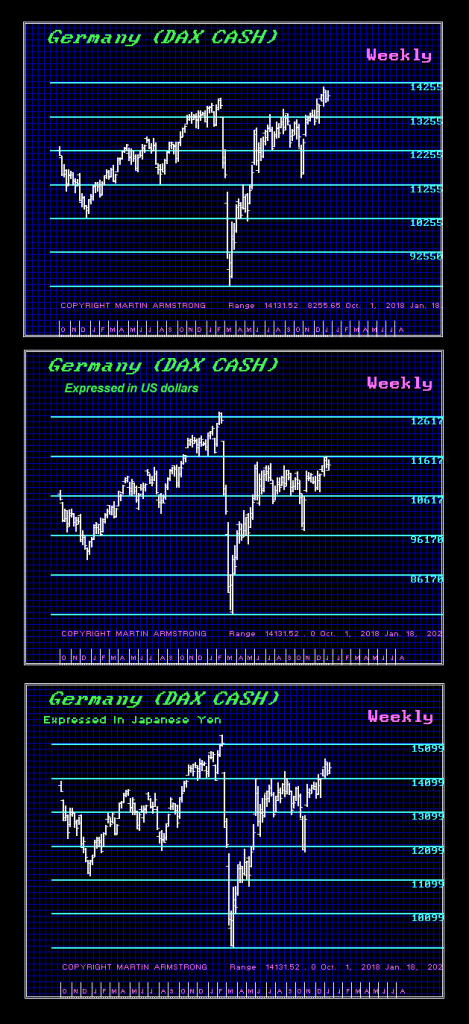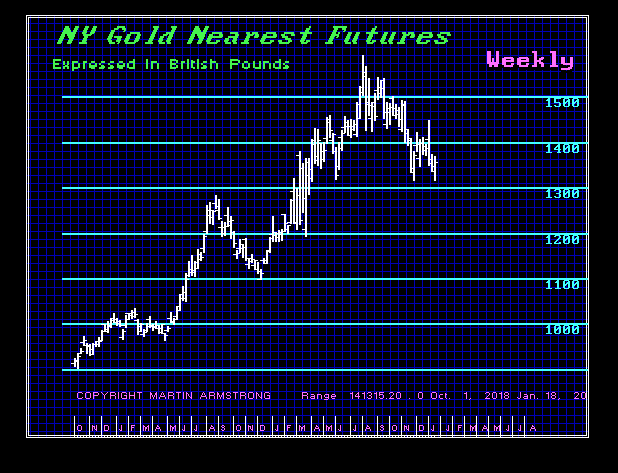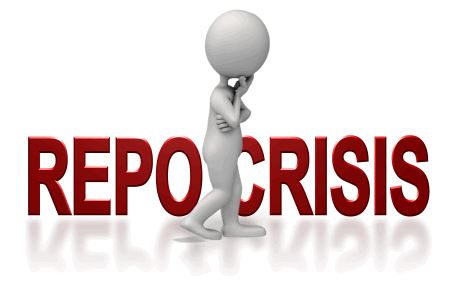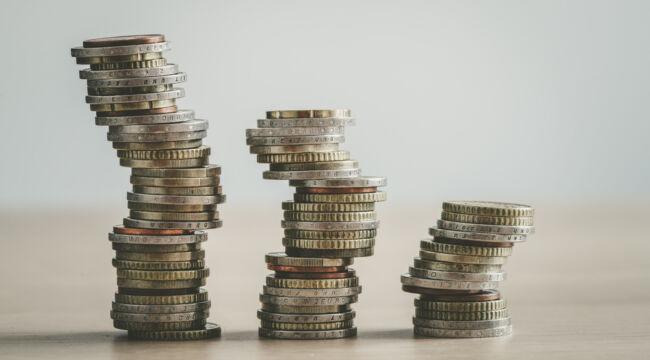Banks, as prime brokers and counterparties to the hedge fund, are eating multi-billion-dollar losses as they try to get out of these secretive stock derivative positions.
The implosion of an undisclosed hedge fund, now widely reported to be Archegos Capital Management, is hitting the stocks of banks that served as prime brokers to the fund. The highly leveraged derivative positions, based on stocks, had blown up spectacularly. Banks get into these risky leveraged deals because they generate enormous amounts of profit – until they blow up and banks get hit as counterparties.
Credit Suisse [CS] is down 13% at the moment in US trading after it warned this morning that “a significant US-based hedge fund defaulted on margin calls made last week by Credit Suisse and certain other banks,” and that it and “a number of other banks are in the process of exiting these positions,” and that the loss resulting from this exit “could be highly significant and material to our first quarter results.” The bank deemed it “premature to quantify” the loss.
Nomura Holdings [NMR] is down 14% at the moment in US trading after it warned this morning that “an event occurred that could subject one of its US subsidiaries to a significant loss arising from transactions with a US client.” It estimated the loss from this one client at “approximately $2 billion, based on market prices as of March 26.”
As Credit Suisse pointed out, “a number of other banks” are also involved as counterparties to that one unnamed hedge fund, and have been trying to get out of these positions since last week.
…click on the above link to read the rest of the article…
financial markets, archegos, wolf richter, wolfstreet, stock market leverage, credit suisse, banks, nomura





